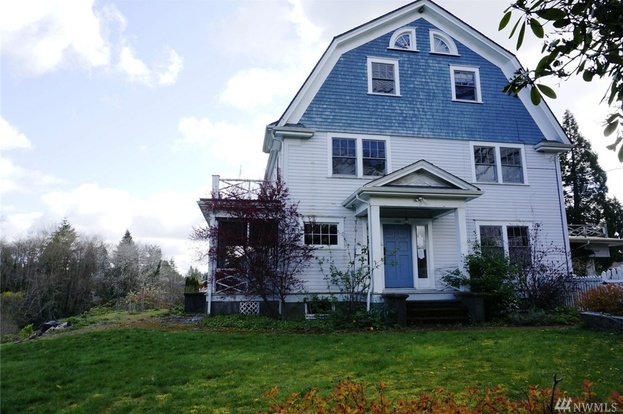2017 was a rough year for homeowners. Between hurricanes Harvey, Irma and Maria, plus the wildfires in California, many people have lost their biggest investment and found themselves homeless, at least temporarily. While undoubtedly some had homeowner’s insurance, it may not have been enough, says Melanie Bakala, an agent with State Farm with offices in Lacey and Shelton.
“Not all policies are the same,” she says. “People commonly purchase the cheapest available insurance, but it’s really important to look at what you have and understand what it means. A lot of people are very worried about their home coverage right now.”
One common type of insurance is known as ‘loss of use’ which kicks in when something happens to a home and the occupants can no longer live in it. “The insurance company will pay your rent for a certain length of time when you can’t be in your home,” says Bakala. “But you need to know whether you have enough coverage to take care of you and your family if you can’t go home for an extended period.”
She cites the example of California: When the wildfires hit California’s wine country in October, 15,000 people lost their homes in Santa Rosa alone. But the worst was not over. In the aftermath of the fires, rents in the region skyrocketed by 36% in a one-week period, according to Zillow. Housing, already in demand, grew rapidly out of reach for many of those displaced.
“In a case like that, you might think you have plenty of coverage, but suddenly rents have gone up and it doesn’t stretch as far,” says Bakala. The Sonoma example is sufficiently extreme that the state attorney general’s office is planning to enforce a price gouging provision in the state penal code that prohibits anyone from raising prices more than 10% following the declaration of a state of emergency, according to a spokesperson.
The most important thing is to understand your plan and what it does and does not cover, she maintains.
“The biggest question to ask yourself is, ‘Do I know what my policy does?’ Take a half an hour and make sure you really understand what you have and how your policy works.”
She recommends asking yourself, ‘What would that look like for me?’ in thinking about how things would unfold if a disaster, either environmental or man-made (or both) were to occur. “Unexpected things happen all the time,” she says. “In some cases, your policy may cover replacement costs for items that need fixing as a result of a disaster, but you need to know what’s included and what’s not.”
Armed with that information, home owners are in a better position to decide whether to keep their current insurance levels or expand coverage.
Knowledge, as the saying goes, is power.
Melanie Bakala has offices in both Shelton and Lacey. Learn more by visiting Melanie’s State Farm site online or calling 360-426-2428 (Shelton) or 360-972-7905 (Lacey).
Sponsored





















































